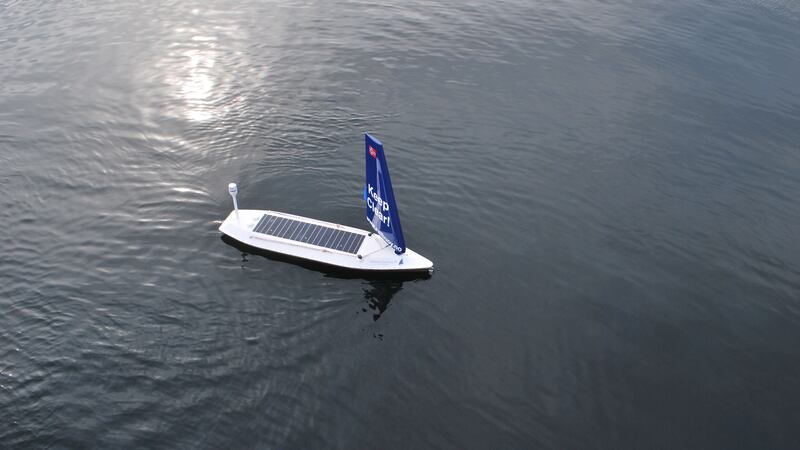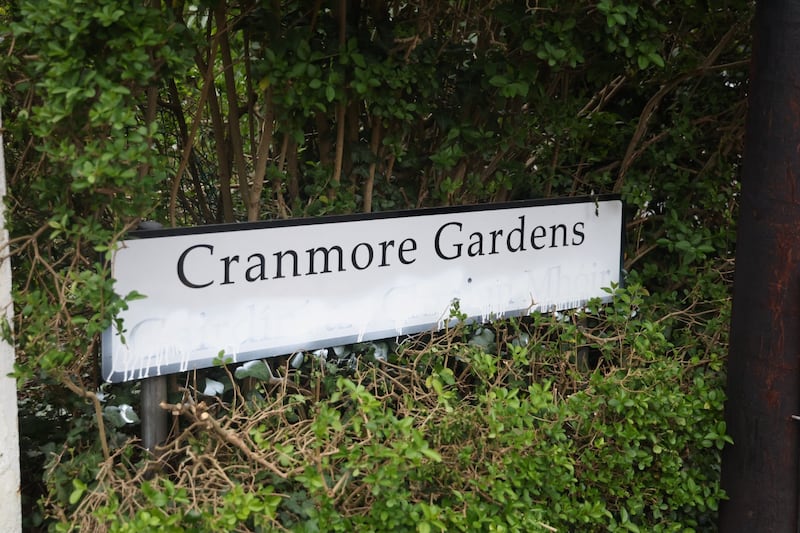The first unmanned sailboat to traverse the Atlantic has crossed the finish line.
The SB Met Sailbuoy travelled 80 days at sea and 3,000 kilometres from Newfoundland in Canada to Ireland. The wind varied from calm to a strong gale during the crossing.
The Sailbuoy navigates the oceans autonomously – transmitting back data at regular intervals.
The #SailBuoy @offshoresensing is the first #USV to cross the #Atlantic. #autonomous https://t.co/qENand0936
— Sparton NavEx (@SpartonNavEx) August 28, 2018
A social media post from the company behind it, Offshore Sensing AS, said: “The Sailbuoy made it and we are very proud of her.
“The SB Met is the first ever unmanned surface vehicle to complete an Atlantic crossing.”
It added: “And she is still going strong. Many thanks to all who made this possible.”
The Sailbuoy is designed to use very little power. The internal autopilot battery pack holds enough energy to navigate for six months without charging.
Batteries are recharged using solar panels.
The Sailbuoy was originally designed and tested to withstand the environmental stresses of the North Sea – cold, severe weather and little sunlight during the winter.
Its manufacturers said: “Our extensive testing in these conditions has shown us that robustness is vital for a surface vessel to withstand months at sea.”
Testing has been ongoing for almost a decade.
When navigating, the Sailbuoy sails much like a traditional sailing boat, tacking to make headway against the wind.
Data is transmitted to and from shore in real time via satellite. It is controlled and monitored via a website.
Those involved in the record-breaking feat included the Marine Institute’s Centre for Applied Ocean Technology, Christan Michelsen Research and the MicroTransat team.
The Microtransat Challenge is a transatlantic race for autonomous boats. The race aims to stimulate the development of autonomous boats through friendly competition.
The competition was open to anybody including private individuals, universities, schools and companies.
Competitors were free to choose any route they wish. Only the start and end points were defined.
However, competitors were advised to keep clear of shipping lanes, keep to international waters and to make use of the trade winds.
The maximum length of sailing boats was 2.4 metres.








